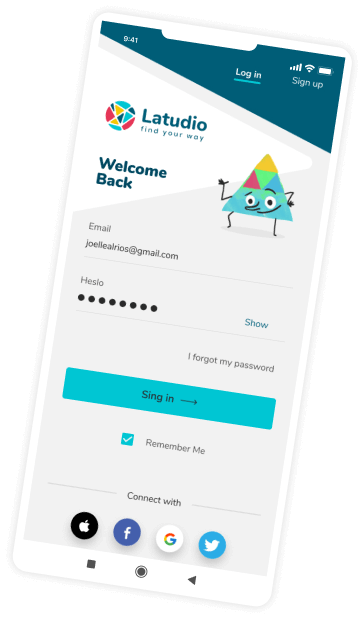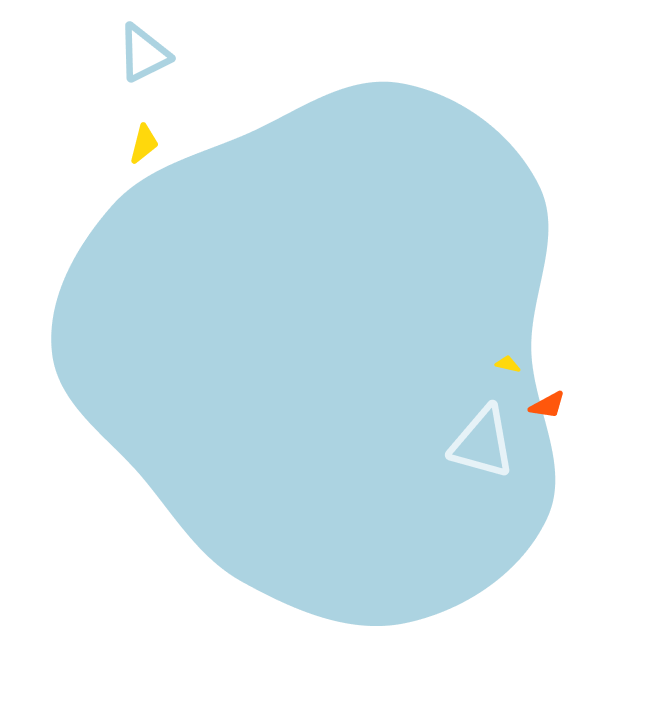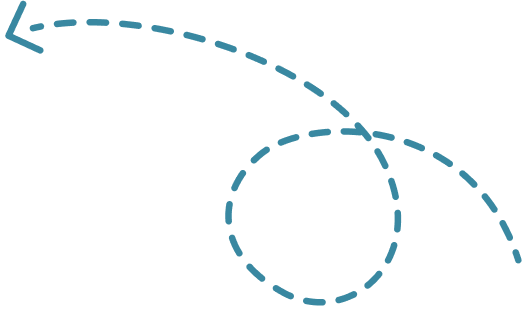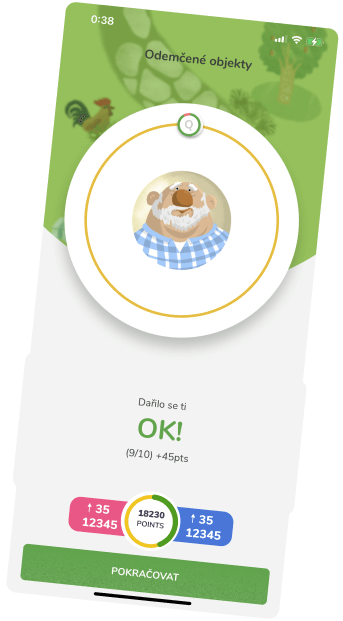Language Acquisition vs. Language Learning
From Chapter 1 of the eBook “Breakthrough 5 challenges with 3 secret strategies"
Acquiring a Language: What Does It Mean?
The concept of language acquisition has only become popular in recent years. For this reason, it could be a topic not addressed often in private courses or schools.
“Acquisition gives us fluency; learning gives us accuracy.”
Stephen Krashen, professor emeritus at the University of Southern California, defines language acquisition as a natural feeling for the language. By doing simple day-to-day activities, such as listening or reading, you are already learning the language. What is taught in school (and therefore the grammatical aspect) must help us refine what we say or write. The acquisition of the language would take place "by feeling." Sooner or later, correct grammar will come by itself, without the need for any analytical thinking.
How To Acquire a Language?
To better understand the way to acquire a language, we will refer to a lecture given by Krashen in the 1980s. On this occasion, he introduces a fundamental theme: understandable input.
Understandable input is necessary for language acquisition, i.e.,, "when people talk to us and we understand what they say, or when we read something and understand the message." (Krashen)
It seems strange to be able to think of using an unfamiliar language without any exercise, memory work, or other practice other than the school methodology we are used to. However, understandable input is the key to getting used to it quickly and the best way to get in touch with the new language.
Practical Tips on How To Acquire a Language
After defining language acquisition and seeing how to do it, it is time to look at some practical or technical advice to learn a language in the best ways.
Try to use the bilingual dictionary or the translator less or not immediately. When reading something in the language you want to learn, try to make an effort to find understandable input through other means (visual, nonverbal, or context, for example).
How much understandable input do we need? The answer differs from case to case, of course. However, some scholars have tried to give a general answer. Steve Kauffman describes three stages of language learning, the first of which involves 60-90 hours of frequent input. Khatzumoto of the AJATT Method encouraged students to aim for 10,000 listening hours.
What kind of input do we need? In this case, scholars have questioned the extent to which the input should be understandable. Krashen claims 30%; Kauffman 70-80%; Matt (from Matt vs. Japan) says 90%.
Almost all intellectuals argue that the input must have a slightly higher level than your current level. This way, you can use what you already know to anchor new words among familiar ones. Kauffman also points out that the material must be of personal interest. It will make it easier to memorize the words.
Krashen argues that learning to speak well doesn't require much practice in speaking. According to him, practicing listening is all the necessary preparation needed to speak well. In support of this theory, some linguists, such as Zhang and Wei, define listening as passive speech.
The Difference Between Acquiring a Language and Learning a Language?
Now that we understand what we mean when we talk about language acquisition, we can really understand what the difference is between learning and acquiring.
When studying and learning a new language with traditional methods, it is often possible to have good grammar. But, it is difficult to practice and produce grammatically correct sentences.
On the contrary, when you acquire a language through input and immersion, you may not be able to identify and describe the grammar but might be able to produce grammatically correct sentences more naturally.
Krashen says about grammar: “... with a great deal of comprehensible input, then all the grammar rules will be there, which are learned inductively. Messages need to be interesting and comprehensible, then grammar takes care of itself.”
Deciding whether to learn or acquire a language is subjective — one way is not better than the other. However, it indeed is more important to be able to converse and communicate than to be able to describe grammatical characteristics.
Conclusion
So, are you trying to learn a language or acquire it? Both? Whatever your goal is, just keep that question in mind as you continue.
By the way, if you are just beginning, I highly recommend watching this video by Jeff Brown starting at 42:33 to see how you can use the language acquisition approach when first starting with a new language.
In future articles, I’ll share some practices for acquiring a language, which is really learning to think and talk like a native. It’s not more difficult to do. It’s only about choosing the right kinds of resources and the way you use them. You’ll be surprised how small changes can have big impacts. If you can’t wait, you can download the ebook now.
Either way, I’m inviting you to share how you’re practicing acquiring a language. Any little tips or tricks that the readers can benefit from? Don’t be shy. What you’ve learned about is that how to learn is really important too!



















